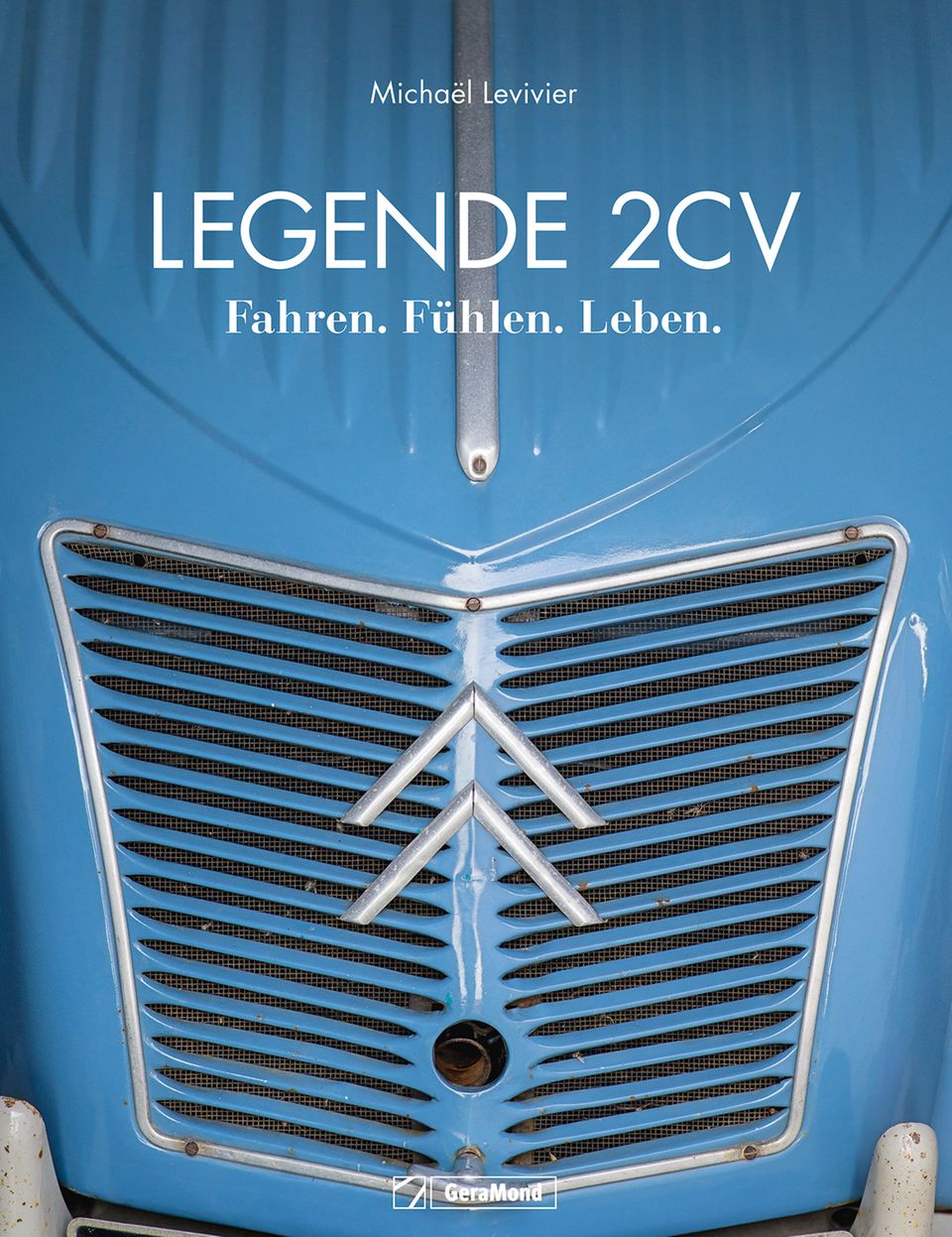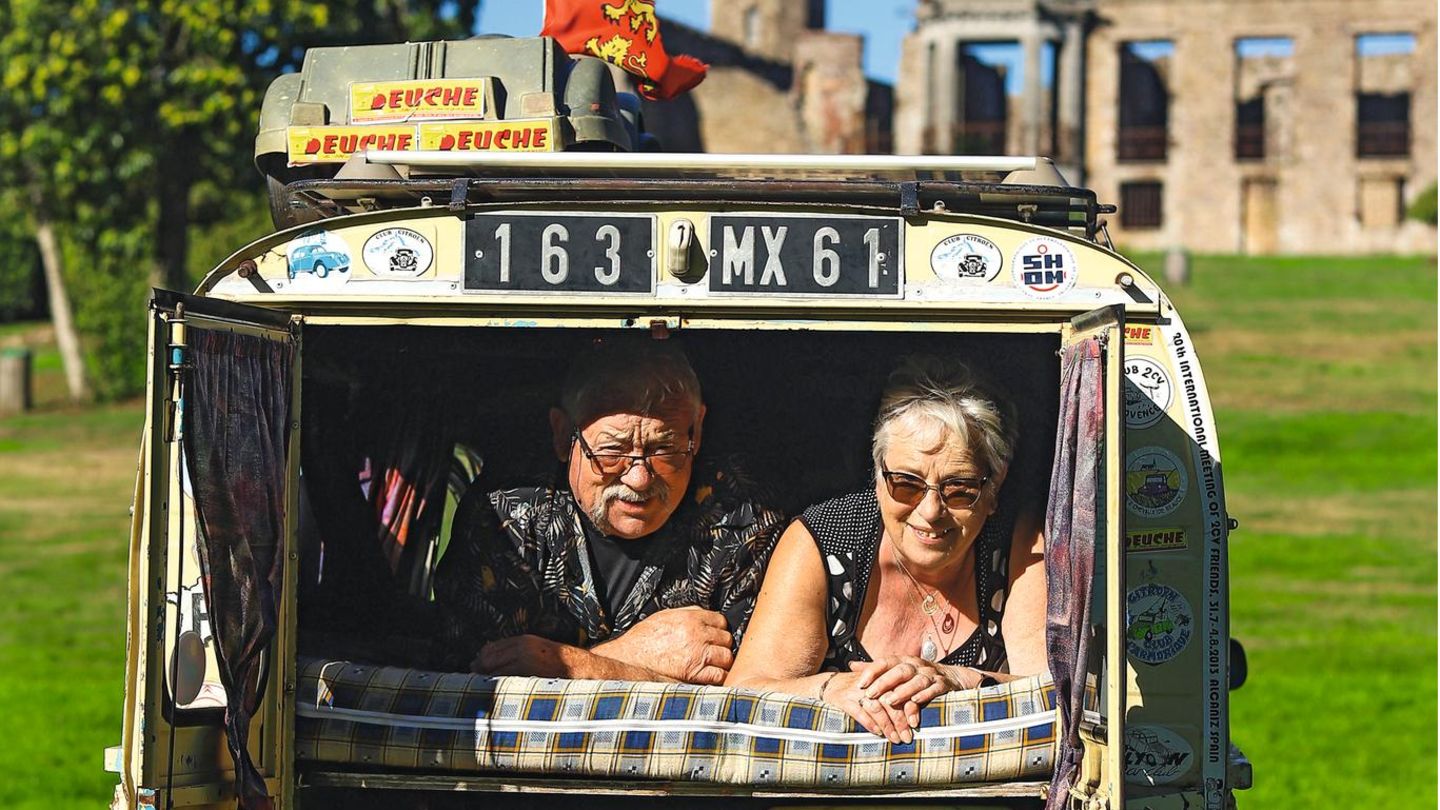No classic car is more personable than the duck. It was conceived as a robust peasant vehicle, then it became the car of the 1968 revolt. Today you just have to like them. Michaël Levivier introduces individual ducks and their owners.
In the sixties and seventies the “duck”, the 2CV, was the favorite car of all individualists, existentialists, social workers and students. Due to its age, the Ende or Döschewoo, as it was called in France, is now a classic car and no longer an everyday car. But between 1959 and 1992 more than a quarter of a million ducks were sold in Germany. In contrast to some of the coffee table volumes, all of the models for the volume “Legende 2 CV – Driving, Feeling. Life” have been re-recorded by Michaël Levivier. The duck fan will therefore not find old friends, but new discoveries. Each car is presented on several double pages. It’s not just about the technology, Levivier provides a portrait of the duck and its owner. Including such rarities as the famous Sahara duck.
A hundredweight of potatoes or a barrel of wine
The duck was designed by Pierre Boulanger as a TPV, “tout petit voiture”, as a very small car. The idea was brilliant: “Design a car that can transport two farmers in boots, a hundredweight of potatoes or a keg of wine at up to 60 km / h and only uses three liters of petrol per 100 km. It should also take even the worst roads and be so easy to operate that even a novice driver can handle it without any problems. It has to have excellent suspension so that a basket full of eggs in the trunk can survive a trip unscathed. The new car has to be much cheaper than our Traction Avant. The look of the car doesn’t matter. ” So that the functionality of the vehicle did not suffer from the design ideas of the stylists, chief designer Bertoni was kept away from the development of the duck. The designer later designed the “cream sled” DS, (the goddess) and the Ami 6, cult pieces in body construction.

Simple and ingenious
The duck was distinguished by its bulky exterior, technical refinements and ingenious simplifications: a windscreen wiper powered by the odometer, a folding roof that could be folded down to the bumper, ingenious suspension and the so-called Yoder hinges. These are spirally wound sheet metal profiles that were simply pushed into one another instead of a hinge. This enabled the duck to be almost completely dismantled without the help of a workshop. In a promotional photo from the Netherlands from 1961, the name duck is a Dutch invention, by the way, you can see a beaming family on the shore of a recreational lake. The duckling completely dismantled. In the foreground, the pretty daughter crouches in Brigitte Bardot style and holds the front door wedged between her legs as if she were a precious harp. Of course, the elf is sitting on the removed front seat.
No car for show-offs
During the active duck years, a persistent rumor persisted: If you manage to knock a duck over while driving, you will get a new one. To knock the duck over without a helping ramp was impossible. A duck rocked tremendously, but it stopped. The ducks were sold until the last French year of construction in 1988, from Portugal they were still longer, without a “facelift”, so always sold in the same form. Back then, the duck wasn’t a car for status symbol seekers, nor is it today. The owners from the band are not millionaires with a leaked classic car collection. but nonconformists as always. And everyone has a very own bond with their duck.
Source From: Stern
I am a 24-year-old writer and journalist who has been working in the news industry for the past two years. I write primarily about market news, so if you’re looking for insights into what’s going on in the stock market or economic indicators, you’ve come to the right place. I also dabble in writing articles on lifestyle trends and pop culture news.




